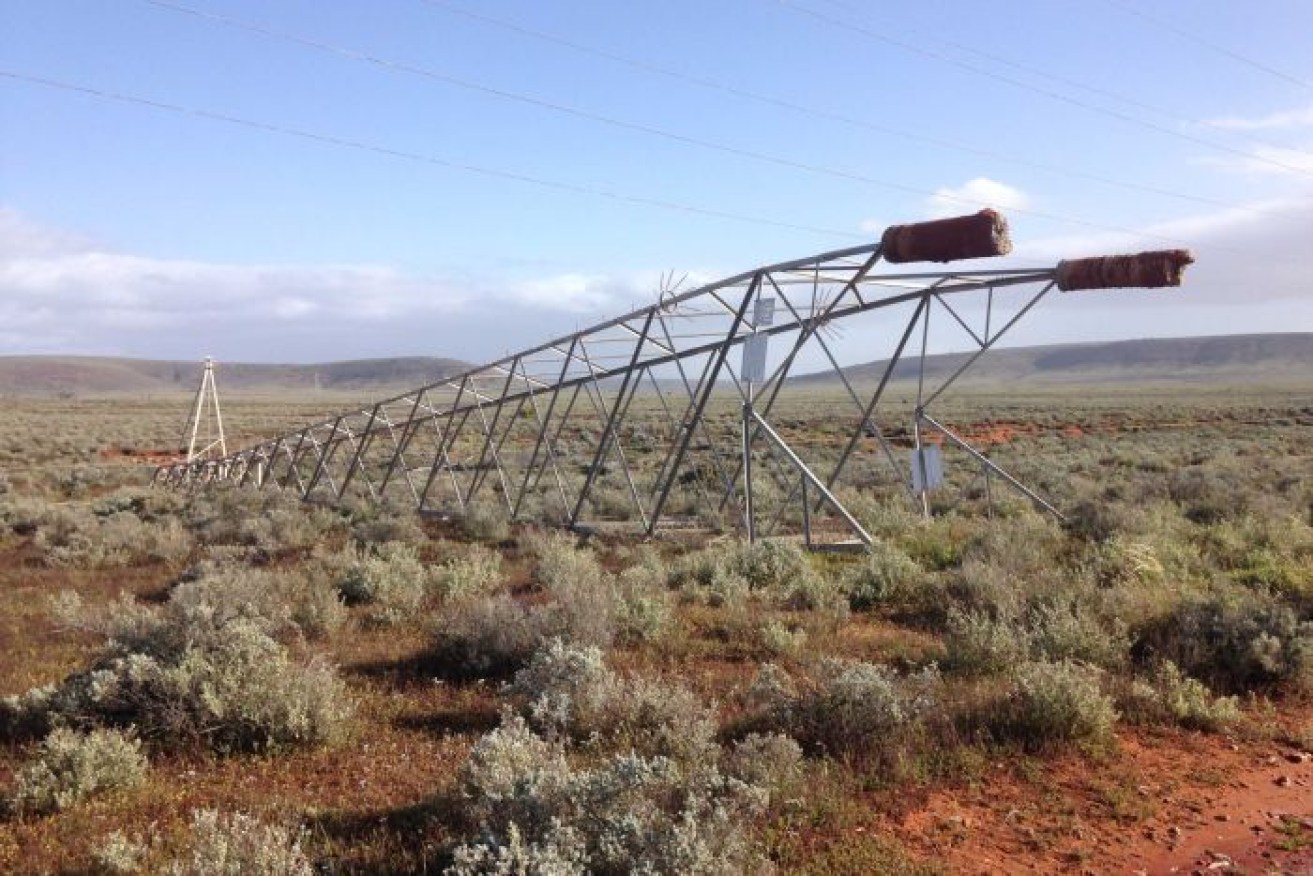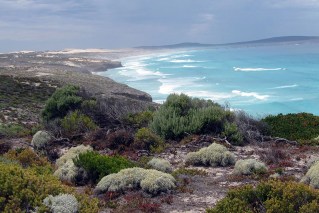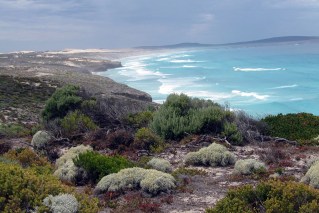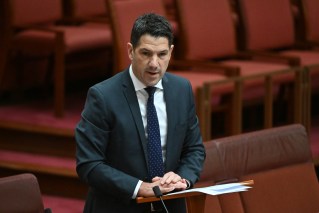Here’s the reason why South Australia lost all of its power

One of the destroyed power lines that caused South Australia's power outage. Photo: ElectraNet
Since every South Australian home was plunged into darkness on Wednesday following severe storms, politicians and frustrated residents have been questioning how an entire state could be blacked out.
Much of the finger-pointing thus far has centred on SA’s reliance on renewable energy, an argument experts have told The New Daily is not valid.
SA recently shifted the majority of its electricity to renewable energy with no coal power, prompting many to blame the switch for Wednesday’s statewide outage.
Even Prime Minister Malcolm Turnbull used the outage as an opportunity to warn of the pitfalls of too great a reliance on renewable power at the expense coal.
But experts told The New Daily that the outage – beginning at 3:30pm AEST on Wednesday before power was mostly restored late that night – should be blamed on how energy was delivered to customers, not how it was created.
The state’s biggest storm in 52 years damaged major transmission lines (power lines) that were part of the network transferring electricity from power generators to customers in South Australia.
University of Melbourne Energy Research Institute deputy director Roger Daragville described this particular piece of infrastructure as “like the backbone” of SA’s power distribution grid.
“When you get extreme damage to those significant infrastructure it cascades a tripping fault throughout the network to protect the system from permanent damage,” Mr Daragville told The New Daily.
He said this “tripping fault” was triggered because after the “backbone” power lines were destroyed, there was too much power being generated and not enough transmission infrastructure to move it around the network safely.
“It’s like the fusebox safety switch in your house,” Mr Daragville said. “If you use a dodgy appliance and it short circuits, you don’t want it frying the house. You want it to switch off before it causes widespread damage.

Cars drove around Adelaide in total darkness – save for headlights – on Wednesday night. Photo: AAP
“That’s what happened in SA. If there are shocks in the system or damaged equipment, you’d rather the system to switch off, fix the problem and then be turned back on.”
Australian National University Centre for Climate Economics and Policy Honorary Associate Professor Hugh Saddler agreed.
“There were still power stations supplying the demand,” Assoc Prof Saddler told The New Daily. “And if they’re still connected to the part of the grid that energy can travel on, the amount of energy going to those parts will go up enormously and if that happens they become overloaded and safety limits on the grid are triggered.”
How to avoid it?
By upgrading the security and robustness of energy transmissions systems, according to Assoc Prof Saddler.
“The only real way to avoid it is to build more transmission lines, but that comes down to the economics and how much governments are prepared to pay for security against an event like this which is rare,” he said.

SA Premier Jay Weatherill also blamed the power line destruction. Photo: AAP
“I don’t know if it’s ever happened actually [this bad in Australia].”
He said that there have been “about a dozen” similar cases in the past 15 years around the world. Six happened in the United States between 1998 and 2012.
He said that the sparse nature of SA’s power grid due to comparatively low demand and population was also a unhelpful factor.
“SA has is very small amount of demand and the grid is thin and sparsely spread,” Assoc Prof Saddler said.
“You don’t have a dense grid with a lot of options – sometimes if one part fails then several different options for the energy to flow need to absorb the extra load, but in the SA case there aren’t a lot of circuits so overladed is easy.”








